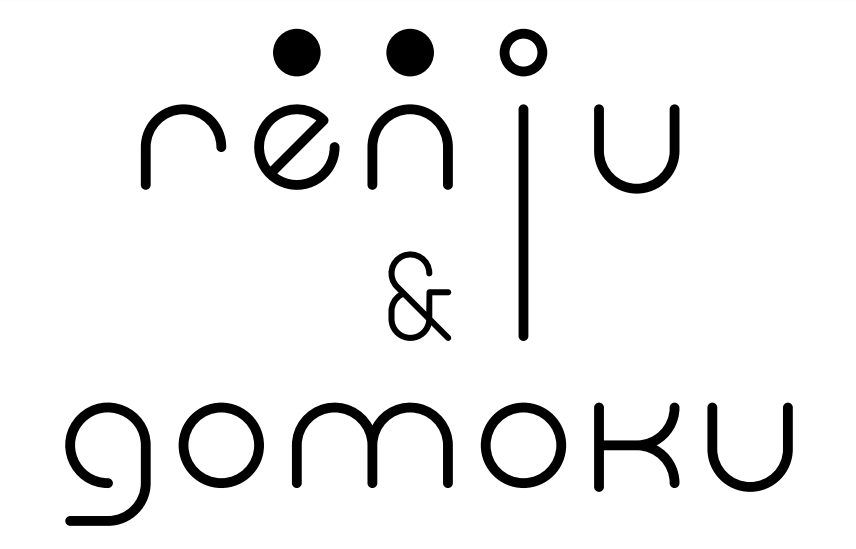Written by Sandra Jones
I am announcing the full results of the forecast competition for the Gomoku A-Tournament (GAT) 2019.
Position | Name | Sum of deviations
1. Nipoti 14
2. Topkin 14
3. Nykl 15
4. Laube 15
5. Tudor 16
6. Bulatovsky 17
7. Babaev 17
8. Lazareva 17
9. Andronov 17
10. Brachaczek 17
11. Fňukal 18
12. Tóth 19
13. Souček 19
14. Małowiejski 19
15. Jones 19
16. László 20
17. Nowak 20
18. Riherts 20
19. Smirnov 20.5
20. Eged 21
21. Horváth 21
22. Gorbachev 27
To remind, the tie-breaking criterion was the submission time.
Mathematically, every forecaster who submitted a forecast in which the total sum of predicted points is 66 was bound to get an integer sum of deviations (i.e., 0, 1, 2, or any other positive integer) irrespectively of the GAT results. The table above shows that one forecaster, namely Anatoly Smirnov, did not get an integer sum of deviations. This is not a calculation mistake of mine. He submitted a forecast in which the total sum of predicted points is not an integer, thereby making himself stand out in the above table.
I declare Vladimir Nipoti, also known as Bano, the best gomoku expert. He played in three GATs and is a very experienced player, and now he has proved to be a wise expert. As the winner he gets a nice wooden board. The board was given to the Czech participants, who are to pass it to Bano.
Bano’s result is 14, which amounts to an average deviation of 1.17 points per GAT participant. In other words, Bano was able to predict the GAT results with an average accuracy of 1.17 points. Interestingly, Bano precisely predicted the results of the top two Russian GAT participants, namely Muratov and Karasev. Bano perfectly speaks Russian and sometimes participates in discussions on the Russian gomoku forum, so his knowledge of the Russian gomoku community seems to have helped him win the board and the title of the best expert.
I would also like to point out the forecast by Georg-Romet Topkin, who was as precise as the winner. Georg-Romet is an Estonian player and one of the two forecasters who correctly predicted the result of Martin Höbemägi, the Estonian dark horse of the GAT, so Georg-Romet capitalized on his knowledge of the gomoku and renju world of his own country.
Pavel Laube and Ondřej Nykl made very good forecasts, too. They were just a little bit less precise than Nipoti and Topkin. Interestingly, three Czechs are in the top 4 forecasters, and these three Czechs are very experienced and strong players. Thus, strong experienced Czechs seem to be also good forecasters.
I would also like to mention Dan Tudor, who is the only one forecaster who performed well both in the forecast competition for the GAT 2017 and in the forecast competition for the GAT 2019. In 2017 his sum of deviations was just one point worse than the winner’s, and now his sum of deviations is just two points less the winner’s. Dan seems to be a very wise forecaster whose forecasts are consistently good.
Łukasz Majksner, a co-organizer of this forecast competition, prepared a very convenient Excel file that shows everyone’s forecast and how much everyone missed for every GAT participant. You can download the file here: https://sites.google.com/site/sghgfwie/home/GAT-2019-Forecast-final-table%20.xlsx
Special thanks go to Ilya Katsev, who generously sponsored the prize, and Łukasz Majksner, who helped organize this forecast competition as a co-organizer.
I thank everyone for participation in this forecast competition and hope that everyone enjoyed it and satisfied his curiosity about how good he is as an expert relative to others 🙂


